 |
 |
 |
 |
|||||||||||||||||||||||
 |
 |
|||||||||||||||||||||||||
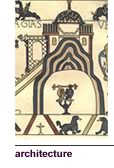 |
 |
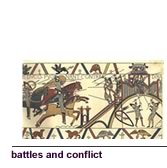 |
 |
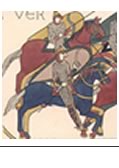 |
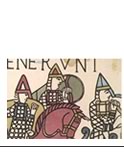 |
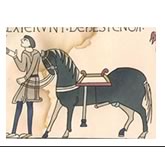 |
||||||||||||||||||||
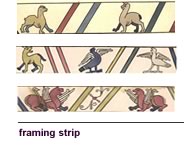 |
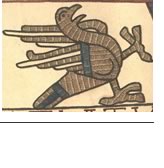 |
 |
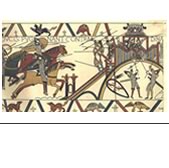 |
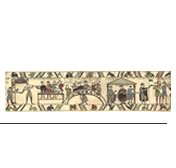 |
||||||||||||||||||||||
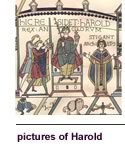 |
 |
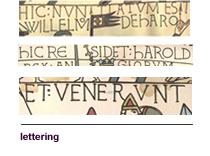 |
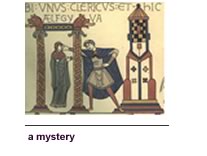 |
|||||||||||||||||||||||
 |
||||||||||||||||||||||||||
 |
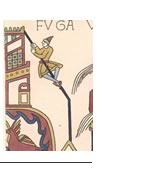 |
|||||||||||||||||||||||||
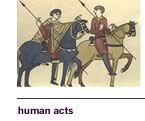 |
 |
 |
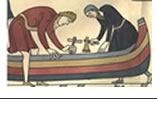 |
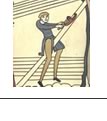 |
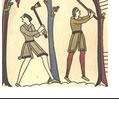 |
|||||||||||||||||||||
 |
 |
 |
||||||||||||||||||||||||
CHARLES STOTHARD (in the Public Domain)
selected plates from Stothard (three galleries)
| Charles Stothard was an archaeological draftsman of great reputation and provided an essential and exact version of how the Tapestry looked in the early 19th century. He was the son of the painter Thomas Stothard and died tragically young. |
| The Bayeux Tapestry (actually an embroidery 230 feet long by 20 inches wide) describes the Norman invasion of England . The Tapestry was commissioned by Bishop Odo, bishop of Bayeux and the half-brother of William the Conqueror. On a sequential design/illustration course it repays study on the following grounds ; |
| It is deployed in about 75 scenes to be read from left to right. On
occasions the narrative flow is reversed for important reasons. It depicts
623 people and requires consistency of characterisation. It lacks an ending
- there may have been damage to the last section. It balances text and
image. Its letterforms are consistent and legible. It balances narrative schemes of some complexity with decorative borders that sometimes comment on the action. It uses exterior literary and mythic/fabulist references It has been shown to reflect the pictorial conventions of another medium - manuscript illumination. It depicts still and moving poses. It achieves an excellent balance between the private and the public and between the domestic and the mythic |
| The publication most recommended is Professor David Bernstein's The Mystery of the Bayeux Tapestry Guild London 1986 which provides a drab black and white photographic guide to the flow of the narrative with beautifully researched text and a sensible interpretation of the nuances that challenge the obvious crystallisation of the Tapestry as the Victor's Commemoration of Victory. |
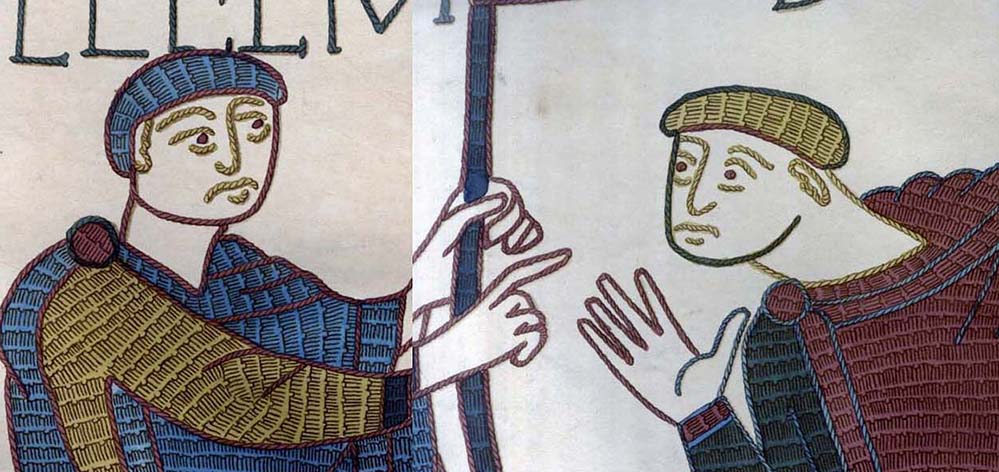
ARCHITECTURE The early scene where William and Harold are shown together on a military
campaign, ends when they return to Bayeux (spelt "Bagias"
for some unknown reason) and Harold swears to advance William's cause
in the succession to the English throne. |
BATTLES AND CONFLICT The very format allows a sweeping and powerful
evocation of th large rushings of horsed warriors in battle. In
an earlier section William and Harold's joint forces beseige
and overcome the men of Dinan and Conan. |
| FRAMING STRIP The border that adds direction and substance to the edges also contains elements that comment on the narrative above/beneath - either through specific references - animals trying to see the action - or to Aesop's Fables (the wolf and the crane, the fox and the crow ) Above are three examples of details from the border with one of Stothard's most elaborate details to show the embroidery stitch. |
COMPOSITIONAL FEATURES 'HERE DUKE WILLIAM'S SOLDIERS FIGHT' ABOVE AND BELOW
IS THE STANDARD FORMAT of the rolling narrative handed on like a baton,
with 'decorative strips' at top and bottom. HERE AN ENGLISH SHIP CAME |
DESIGN ELEMENTS Three examples from Stothard of the characteristic letterforms used.
The first example is interesting to give the feeling of the letters
created by embroidery thread. |
PICTURES OF HAROLD |
LETTERING
|
A MYSTERY
|
HUMAN ACTS
|
back